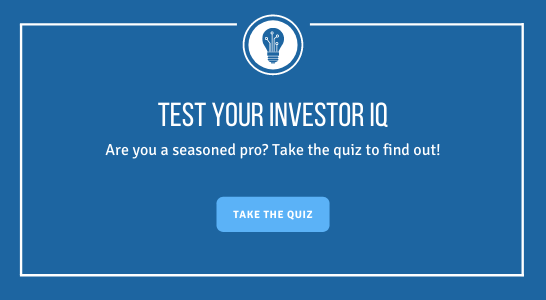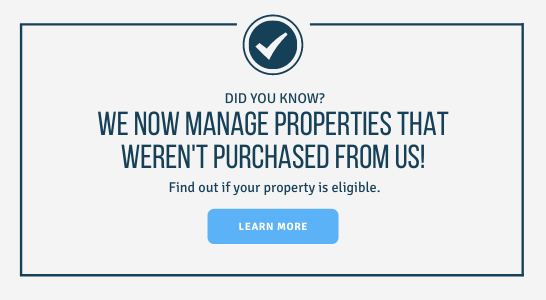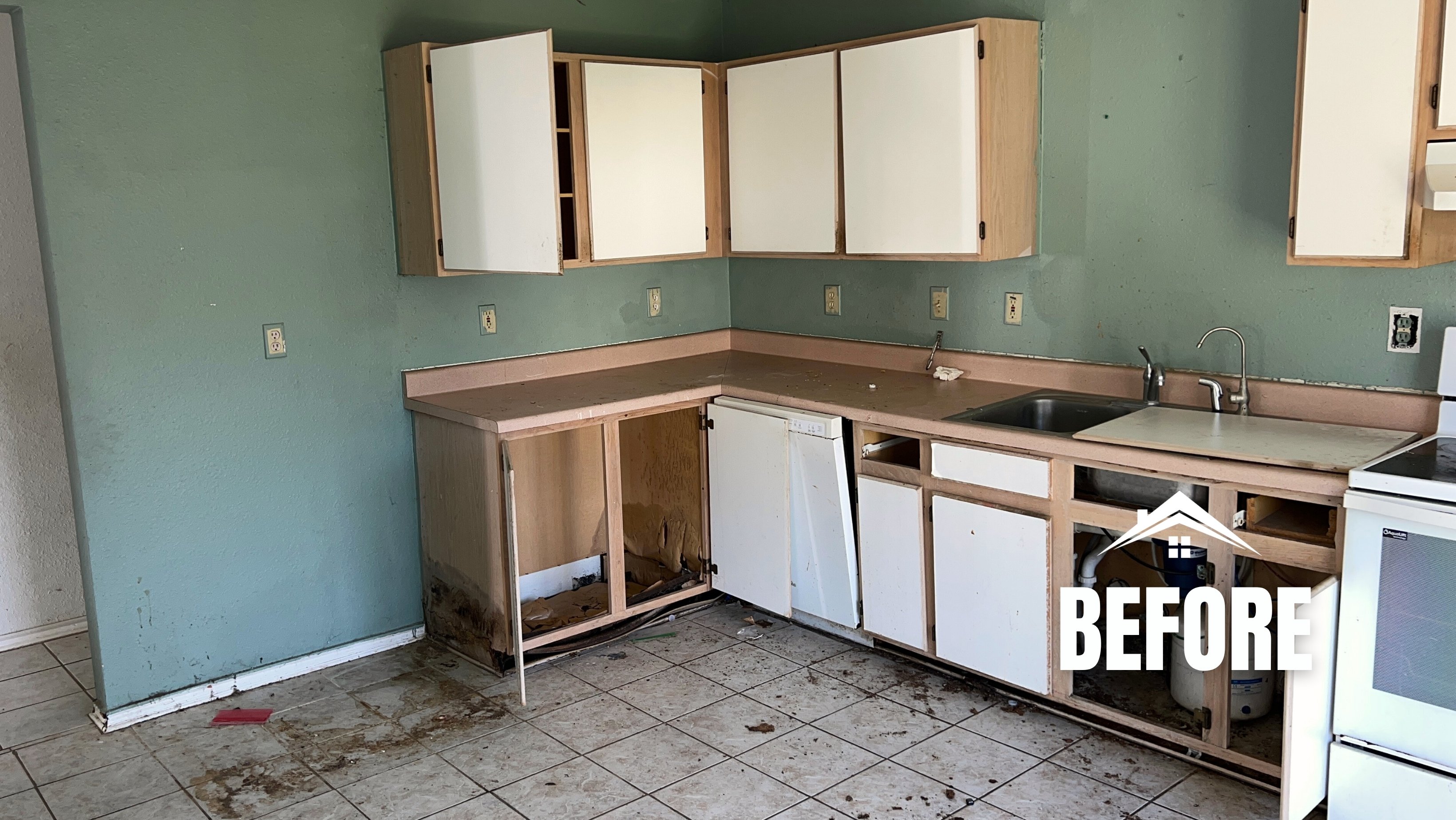.jpg?width=251&height=377&name=Blog%20-%20Portrait%20(8).jpg)
Listen. We’ve been in this business for well over twenty years at this point. We weathered the Great Recession and came out stronger on the other side. We faced COVID with plenty of anxiety. So, we understand why investors and real estate professionals might feel nervous about the real estate market in 2025.
Rumors of market crashes and corrections are growing. And to be frank – we’re long overdue for a shake-up. The U.S. real estate market has grown astronomically since the Great Recession—taking off like a rocket during the pandemic. The real estate cycle has been seemingly stuck in expansion mode, but the cycle must continue at some point.
Something’s got to give eventually.
We want you to remember two things here:
- The “recession” stage of the real estate cycle is as natural as expansion. Investors don’t need to be afraid. Just prepared.
- Smart investors can grow their portfolios any time, season, or circumstance. It just takes a diligent, strategic approach.
9 Indicators the Market is Poised for Crash or Correction
A real estate market correction or crash typically doesn’t happen overnight—it builds up over time. It’s impossible to know the future. Predictions are often an exercise in futility and frustration!
Further Reading: 10 Things Real Estate Investors Should Do Instead of Making Predictions
That said, several key indicators suggest a market might be on the verge of a correction/crash:
Sign #1 – Rapid Price Appreciation Outpacing Fundamentals
When home prices far exceed local income growth (price-to-income ratio) or rental rates don’t support current valuations (inflated price-to-rent ratio), it often signals speculation and unsustainable growth. If affordability falls, demand falls.
Sign #2 – Rising Inventory & Slowing Sales
Inventory (months of supply) increases while homes sit longer on the market. Falling sales and inflated supply precede falling prices. As a result, sellers slash prices more frequently.
Sign #3 – High Mortgage Rates & Tightening Credit
Higher interest rates reduce affordability and buyer demand. If lenders also tighten borrowing requirements due to risk concerns, more people get pushed out of the buyer pool. Additionally, adjustable-rate mortgages (ARMs) resetting can stress borrowers and increase defaults.
Sign #4 – Spike in Foreclosures or Delinquencies
A growing number of homeowners failing to pay mortgages is a red flag. This often leads to distressed sales, which depress prices. And while increased evictions don’t necessarily depress prices, they can indicate a struggling market.
Sign #5 – Short-Term Investor Activity Overheats
When a large share of buyers are flippers or fair-weather investors chasing quick profit turnarounds, it puts the market in a precarious position. When the market softens, they often exit quickly. That mass exodus just exacerbates price drops.
Sign #6 – Economic Weakness
Watch for significant job losses, especially in major market industries. A local recession can trigger a housing slowdown even if national trends are stable.
Sign #7 – Building Boom Without Demand
Overbuilding creates excess supply. This becomes dangerous when demand softens or as speculative buying drops off. In the real estate cycle, hypersupply follows expansion, and recession follows hypersupply.
Sign #8 – Government Policy Changes
When stimulus programs, tax incentives (like first-time homebuyer credits), etc., end or change significantly, it can trigger sudden demand drops. Be mindful of local and national regulatory changes.
Sign #9 – Sentiment Turns Negative
People are unpredictable because they often act on emotion and sentiment. Buyers and sellers grow fearful, which can become a self-fulfilling cycle. Watch the overall sentiments in real estate news media!
✅ Real Estate Market Risk Checklist
Use this handy checklist for a monthly or quarterly health check of any market you watch.
📉 Market Indicators
- Price Growth exceeds 10–15% YoY, unsupported by income/rent growth
- Price-to-Income ratio above historical norms
🏘️ Supply & Demand
- Inventory Rising for 3+ Consecutive Months
- Months of Supply Above 6 Months
- Days on Market Increasing
- Sale-to-List Price Ratio Falling
- New Construction Permits Rising While Demand Falls
💰 Financing & Affordability
- Mortgage Rates Up 1.5%+ Year-over-Year
- Affordability Index Dropping Below 100
- Increase in ARM or Interest-Only Loans
- Loan Denial Rates Increasing
⚠️ Distress Signals
- Foreclosure Starts Rising
- Mortgage Delinquencies Increasing
- Investor Sales Increasing Rapidly
- Eviction Rates Climbing
🧨 Macro & Policy Risks
- Local Job Market Weakening / Unemployment Rising
- Federal Reserve Signaling Further Tightening
- Loss of Tax Incentives or Subsidies
- Regulatory Changes Affecting Returns
Investors can find opportunities in both the booms and the crashes. What matters most is being prepared to pivot your strategy. Adapt to your environment. Know your risk tolerance. And, most importantly, leverage the expertise of a team that’s seen it all.
Start investing with REI Nation today by tapping the button below.











-2.jpg)
